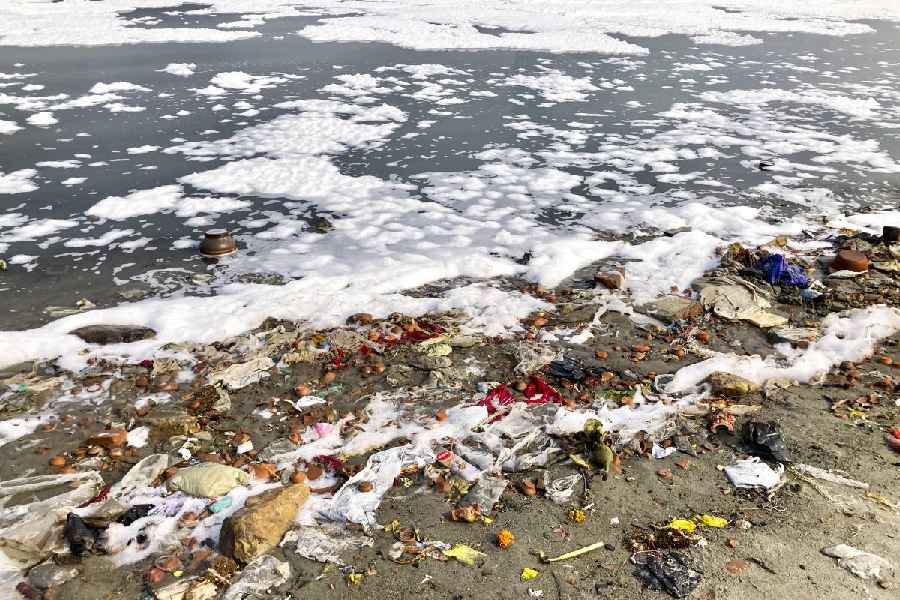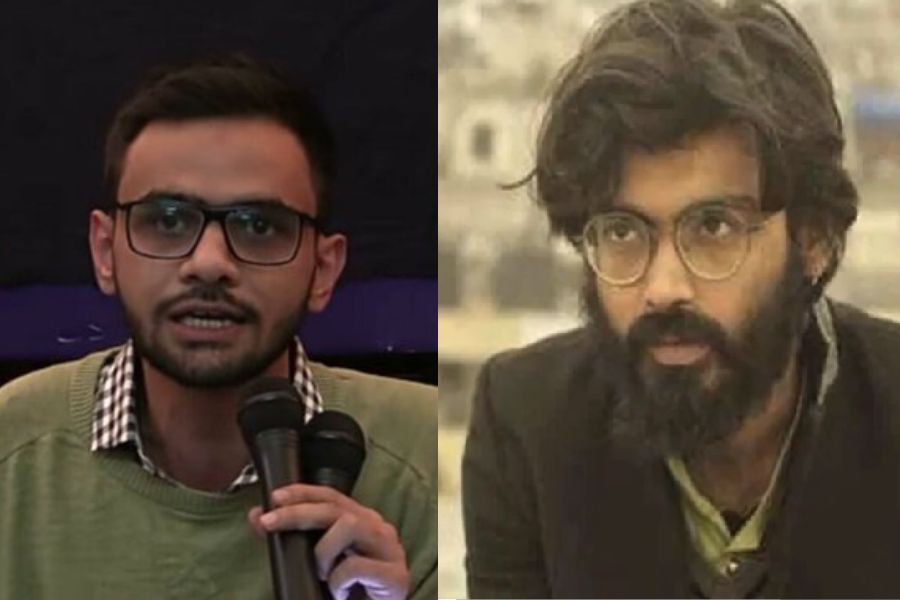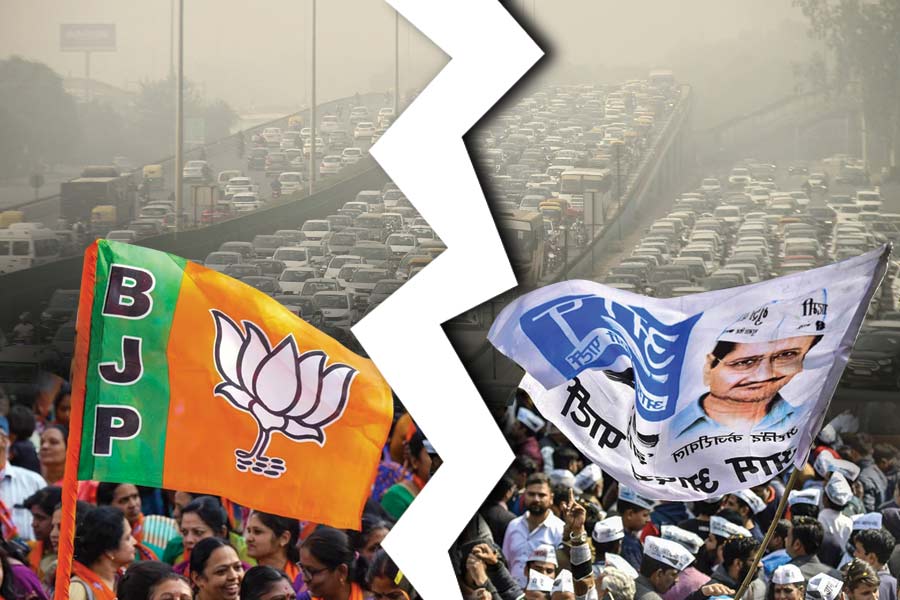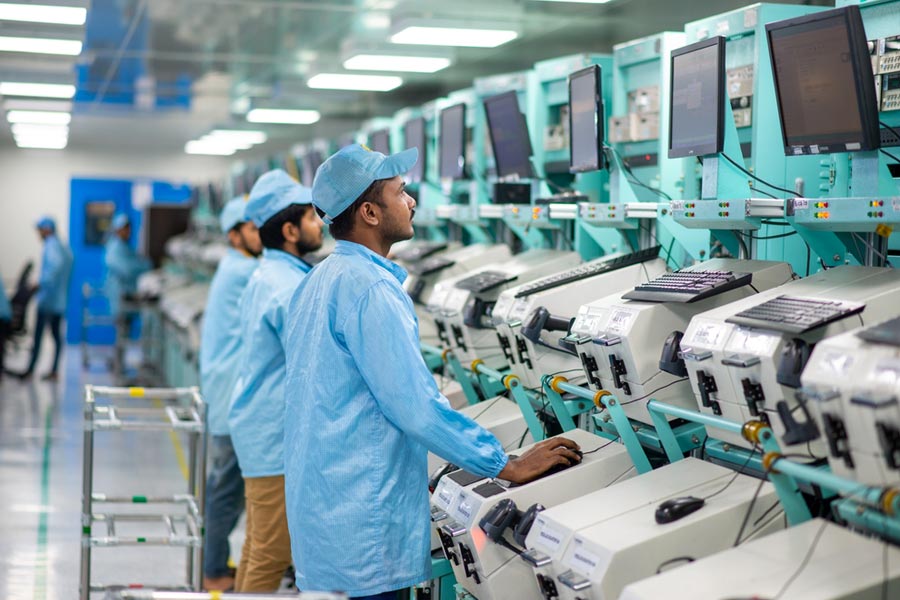There was a time when Yamuna’s water was clean and even drinkable, said Ram Paswan, a 58-year-old resident of Delhi’s Kalindi Kunj. The lasting image of Yamuna now is a thick layer of white froth covering most parts of the water, with plastic and other waste strewn around.
With assembly elections approaching in the national capital, pollution in Yamuna and the political blame game around the failure of the river’s cleaning are back. The AAP, BJP and Congress are set for a three-pronged race to form the next government in Delhi.
Residents of the slums near the river at Kalindi Kunj, however, are demanding concrete steps from whoever comes to power after the February 5 elections.
“The authorities should build tanks near the drains that connect to Yamuna so that the (waste) water is filtered before it enters the river,” he said. “We want clean ghats, proper lighting and security. Right now, all we see is plastic and waste in the river,” Paswan told PTI.
There are at least 25 drains that are connected with the Yamuna in the national capital, according to a report submitted by the Central Pollution Control Board (CPCC) to the National Green Tribunal in 2022.
According to a Delhi Pollution Control Board report dated December 23, 2024, at least 17 of the 25 drains fail to meet the 30 mg-BOD (biochemical oxygen demand) standard, with five of them exceeding 100 mg.
Pollution in Yamuna, the residents said, was not just an environmental issue, it was also a health hazard and a concern for those who depend on the river for various rituals.
Mithun, 36, who accompanied his friend for a funeral ritual at the Kalindi Kunj ghat, said “The area smells so bad that you can’t stand here for even a minute. My friend has to take a dip in this toxic water as part of the ritual. Politicians make tall promises, but where are the results?” Experts have warned against taking a dip in the river.
For Lambu Singh, another resident, water from the Yamuna is a necessity despite the health risks. “We have no option but to bathe in the river. It affects our eyes and skin and many of us have had to visit hospitals for checkups,” he told PTI.
Singh claimed that residents often clean the riverbanks themselves as they receive no support from the authorities. “We’ve repeatedly asked for garbage trucks to help us clean the waste but no one listens.” He added that drains carrying chemicals worsen the situation.
Environment experts say Yamuna’s pollution requires systemic changes, particularly in wastewater management. Environmentalist Pankaj Kumar pointed out that untreated wastewater from Delhi’s drains is a significant contributor to the river’s degradation.
“The wastewater generated in Delhi isn’t being treated properly, as highlighted in the Delhi Pollution Control Board’s reports. The next government must prioritise treating this wastewater before looking to clean the Yamuna,” Kumar said.
Bhavreen Kandhari, another environmentalist, said: “This is not just a local issue. The river is a lifeline for Delhi and affects the entire city’s health and environment.”
Except for the headline, this story has not been edited by The Telegraph Online staff and has been published from a syndicated feed.











